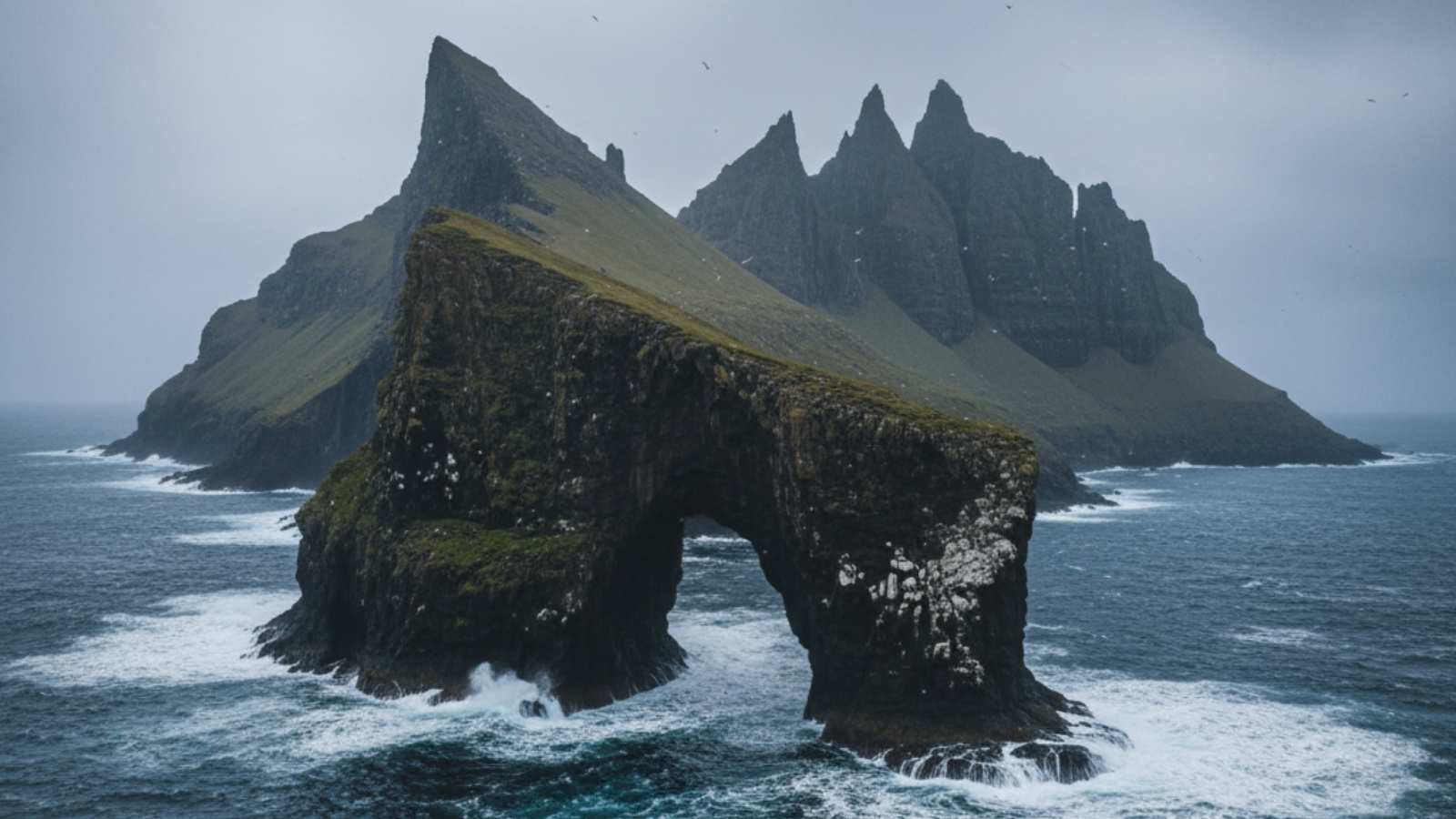
Wildness left in the north that no guidebook can quite contain — the kind that hums beneath your skin and quiets every restless thought.
Think cliffs that vanish into cloud, oceans that breathe ice, and skies that never settle on one shade of blue. These are places where the world still feels raw and new, where silence isn’t empty but alive.
For travelers who crave something beyond Iceland’s well-trodden trails, these nine remote corners of the Arctic fringe offer that same untamed magic — just quieter, colder, and infinitely more soul-stirring.
1. Scoresby Sound, Greenland
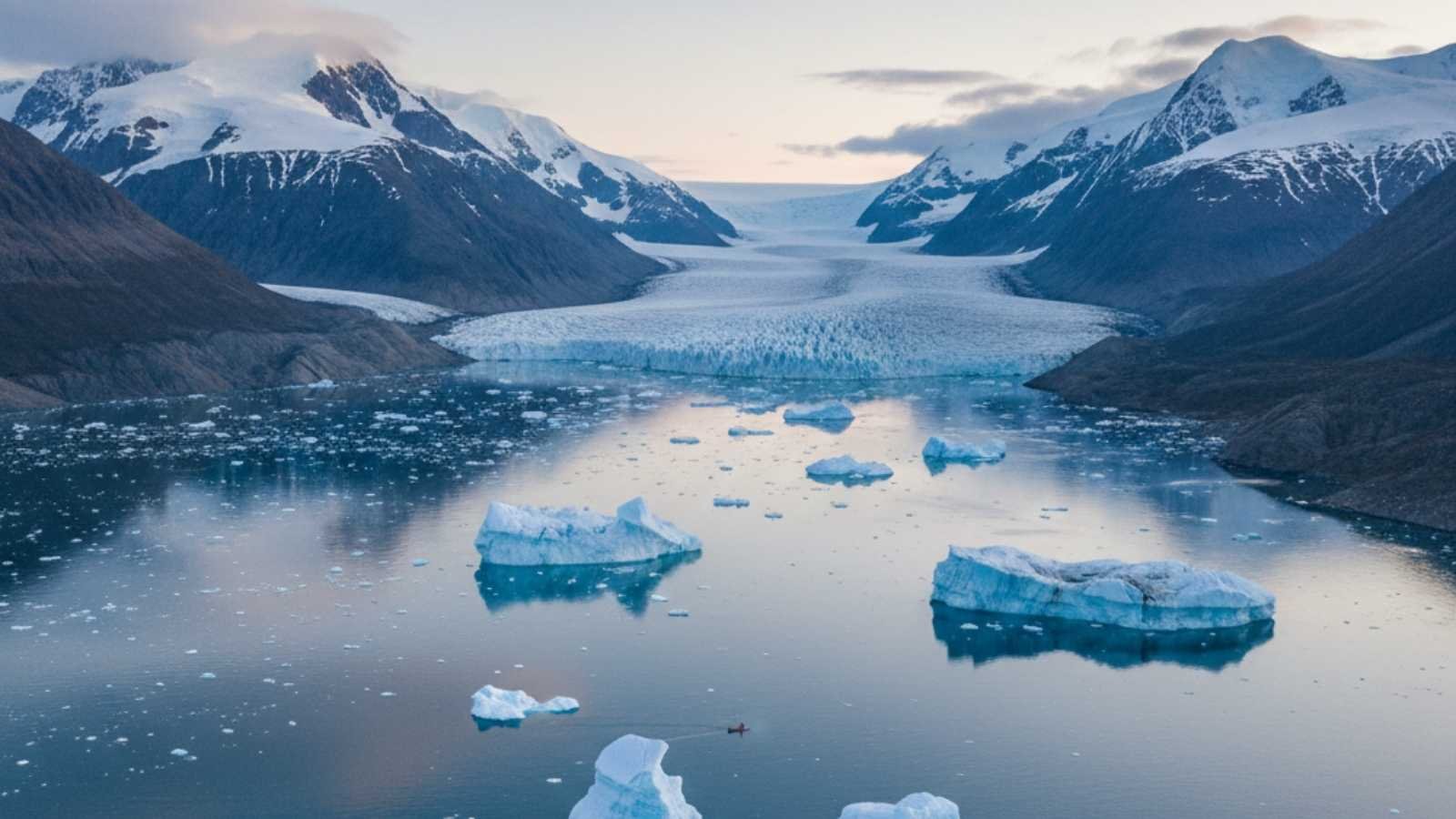
If there’s one place that truly feels like the edge of the world, it’s Scoresby Sound. Stretching deep into Greenland’s eastern coast, this is the largest fjord system on Earth, where sheer cliffs of ice tower over silent waters and drifting icebergs glow in shades of turquoise and silver. The air feels untouched — so pure it almost crackles — and the scale of everything here makes even Iceland’s most famous fjords feel small.
What makes Scoresby Sound so surreal is its sense of raw, unfiltered wilderness. There are no roads, no crowds, and no signs of human noise. Just Arctic hares darting across rocky tundra, seals lounging on ice floes, and the echo of distant glaciers collapsing into the sea. Cruising through the fjord feels like watching the planet breathe — slow, powerful, and timeless.
Travelers who come here often describe a quiet emotional jolt — that deep awareness that you’re standing in one of the last untouched places on Earth. Whether you’re kayaking under a canopy of ice or watching the Northern Lights ripple above the fjord, Scoresby Sound is less about sightseeing and more about surrendering to nature’s scale.
Quick Facts:
- Best Months to Visit: August–September (warmer temperatures and midnight sun fading into auroras)
- Getting There: Fly to Constable Point (Nerlerit Inaat) via Reykjavík, then take a boat expedition.
- Top Experiences: Zodiac cruising among icebergs, guided hikes near Ittoqqortoormiit, polar bear spotting
- Travel Tip: Bring a dry bag and extra camera batteries — cold air drains them fast.
2. Svalbard, Norway
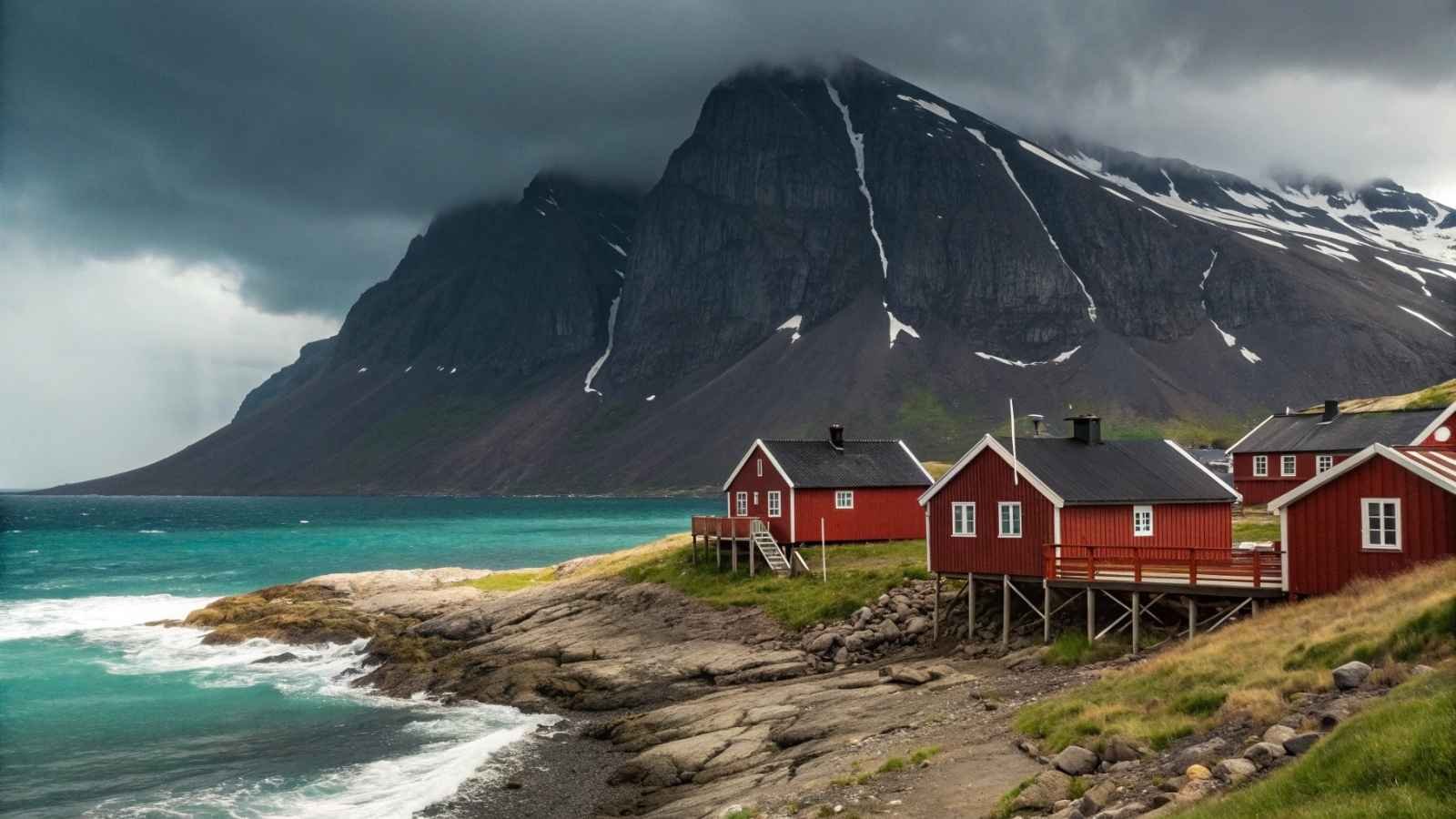
Set halfway between mainland Norway and the North Pole, Svalbard feels less like a destination and more like a frontier. It’s one of those rare places where polar bears outnumber people, where snowmobiles replace cars, and where the light itself feels otherworldly — endless sun in summer, infinite night in winter.
The landscape is cinematic: glaciers carving through mountains, blue ice caves glowing beneath the surface, and reindeer grazing on patches of frostbitten tundra. It’s harsh, yes — but hauntingly beautiful. Whether you’re standing on a frozen fjord or visiting the Global Seed Vault, Svalbard gives a glimpse into both the planet’s past and its uncertain future.
Despite its remoteness, there’s a thriving sense of community here. Locals swap stories over hot coffee in Longyearbyen’s cozy pubs, and everyone seems to share that quiet resilience that comes from living on the edge of the Arctic. It’s the kind of place that makes you appreciate silence, scale, and survival.
Quick Facts:
- Best Months to Visit: May–August (for wildlife and 24-hour daylight) or February–April (for Northern Lights)
- Getting There: Direct flights from Oslo or Tromsø to Longyearbyen Airport
- Top Experiences: Dog sledding, ice cave tours, polar bear safaris, visiting abandoned Soviet mining towns
- Travel Tip: Don’t wander outside settlements without a guide — carrying a rifle is mandatory in polar bear territory.
3. Reinheimen National Park, Norway
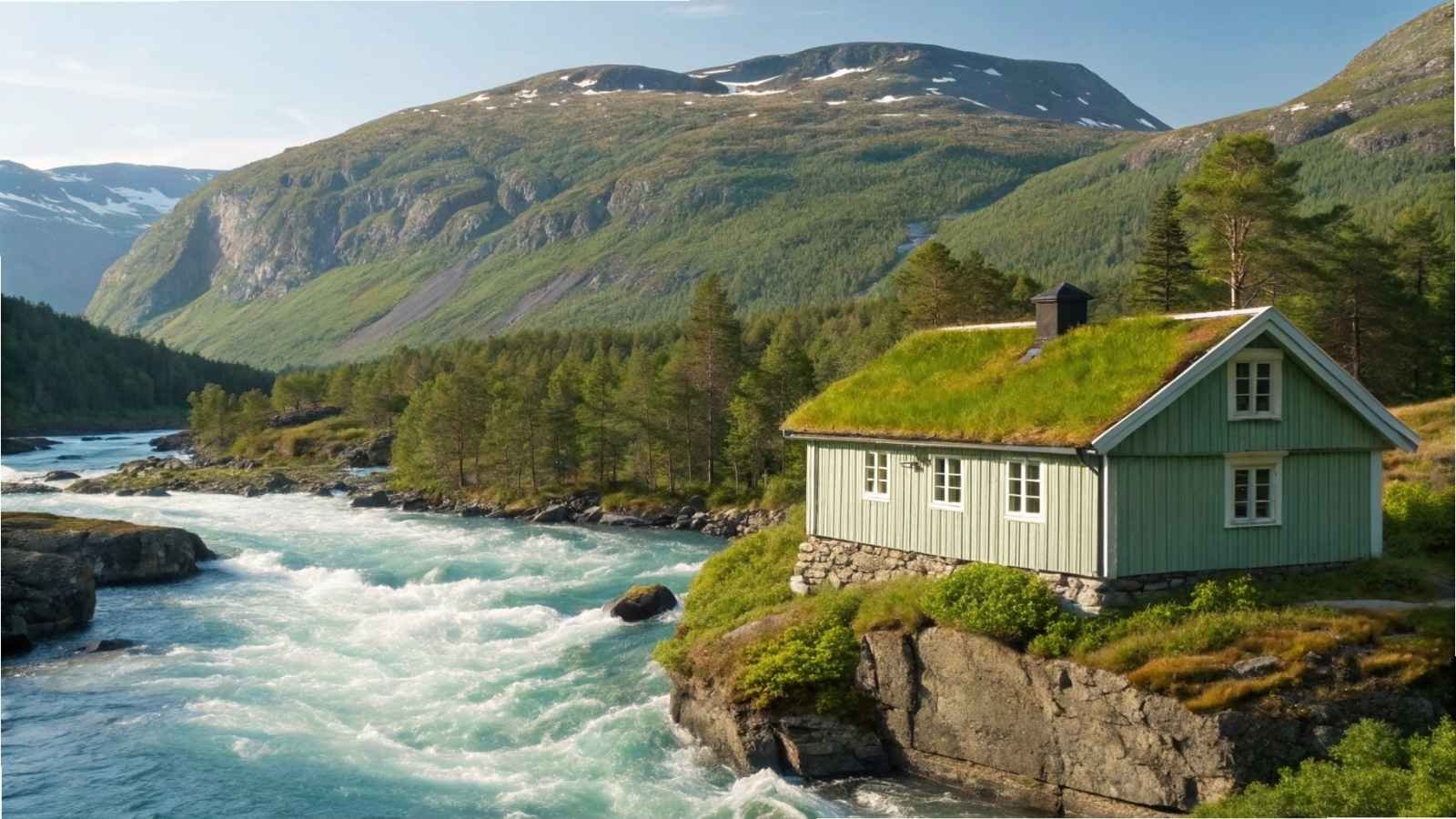
Hidden away in central Norway, Reinheimen National Park is one of the country’s best-kept secrets — a wild, windswept stretch of alpine plateaus, glacial rivers, and deep valleys that feel untouched by time. It’s the second-largest national park in Norway, yet it still sees a fraction of the visitors compared to more famous spots like Jotunheimen.
Here, reindeer roam freely, golden eagles soar overhead, and moss-covered boulders create a color palette of soft greens and grays. The trails are rugged and rewarding, often leading to panoramic viewpoints where mountain silhouettes fade into the horizon. Reinheimen’s magic lies in its quiet — that sense of total disconnection, where every footstep echoes in the open air.
For hikers, this is paradise. You can trek for days without seeing another person, camp beside mirror-clear lakes, and wake up to frost sparkling across the grass. It’s a reminder that Norway’s wilderness still offers places that feel genuinely wild and personal.
Quick Facts:
- Best Months to Visit: June–September (accessible trails and wildflower season)
- Getting There: The Closest town is Bismo in Skjåk, reachable from Oslo by train or car
- Top Experiences: Multi-day hiking, wild camping, trout fishing, and reindeer watching
- Travel Tip: Carry a good map — GPS can be unreliable in deep valleys.
4. Ittoqqortoormiit & Liverpool Land, Greenland
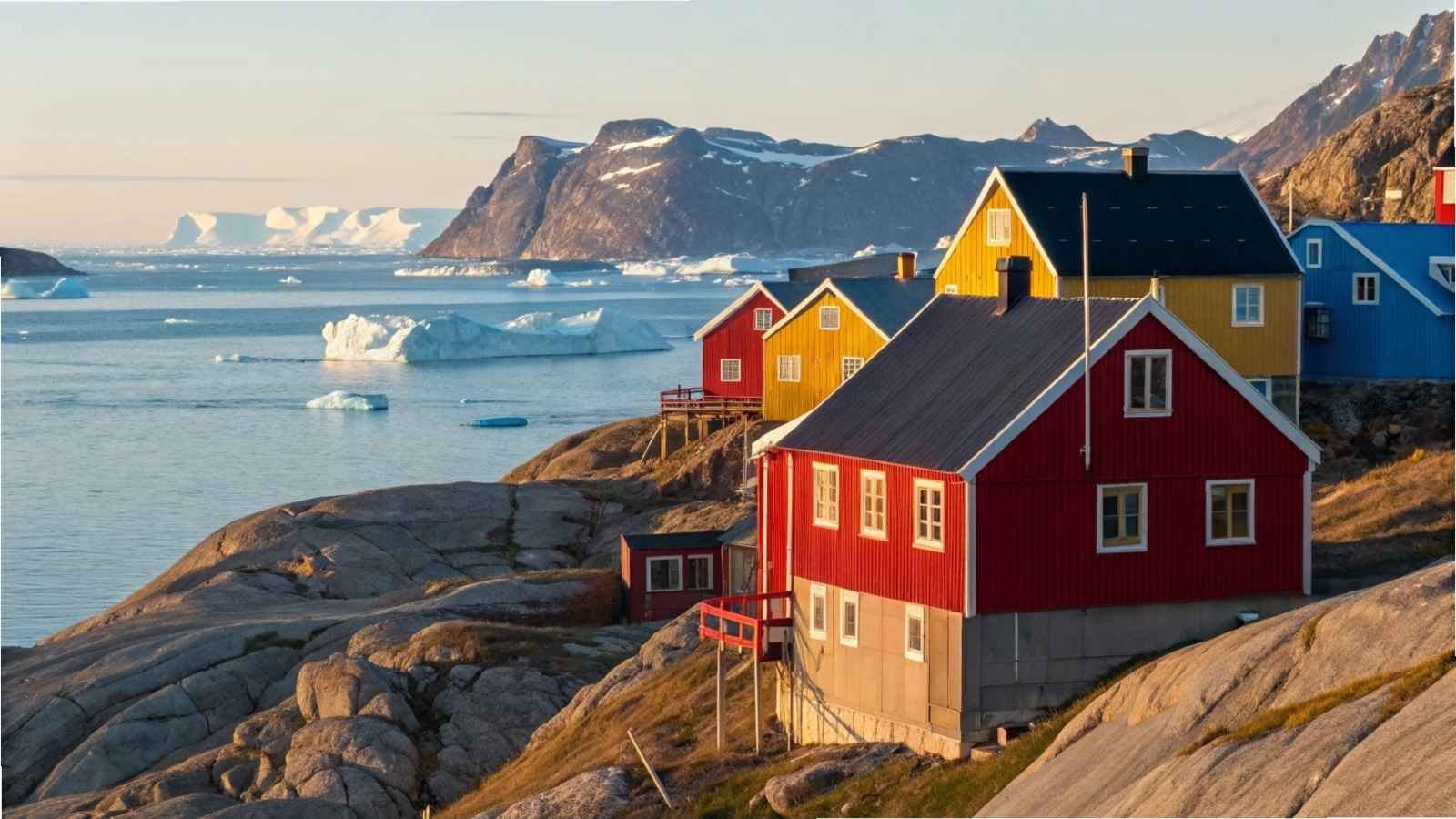
On Greenland’s isolated east coast, Ittoqqortoormiit stands as one of the most remote inhabited settlements in the world. This tiny Arctic town — just a handful of colorful houses overlooking the frozen sea — serves as the gateway to Liverpool Land, a vast wilderness of peaks, glaciers, and fjords.
This area offers some of Greenland’s most breathtakingly stark landscapes. It’s the kind of place where the silence itself feels alive, broken only by the crack of ice or the distant bark of sled dogs. In winter, the sea freezes solid, creating a white expanse stretching toward infinity. In summer, the ice breaks apart and the coastline bursts into shades of deep blue and emerald.
Travel here feels like stepping into the pages of an Arctic exploration journal. You’re not just visiting a place; you’re tracing the paths of early explorers and Inuit hunters. Those who make the journey leave changed — not by luxury or spectacle, but by sheer isolation and beauty.
Quick Facts:
- Best Months to Visit: July–September (when fjords are ice-free)
- Getting There: Charter flights from Reykjavík to Constable Point, then helicopter or boat to Ittoqqortoormiit
- Top Experiences: Kayaking among icebergs, hiking Liverpool Land, cultural visits with Inuit families
- Travel Tip: There are no ATMs — bring cash and a backup plan for weather delays.
5. Drangarnir & Tindhólmur, Faroe Islands
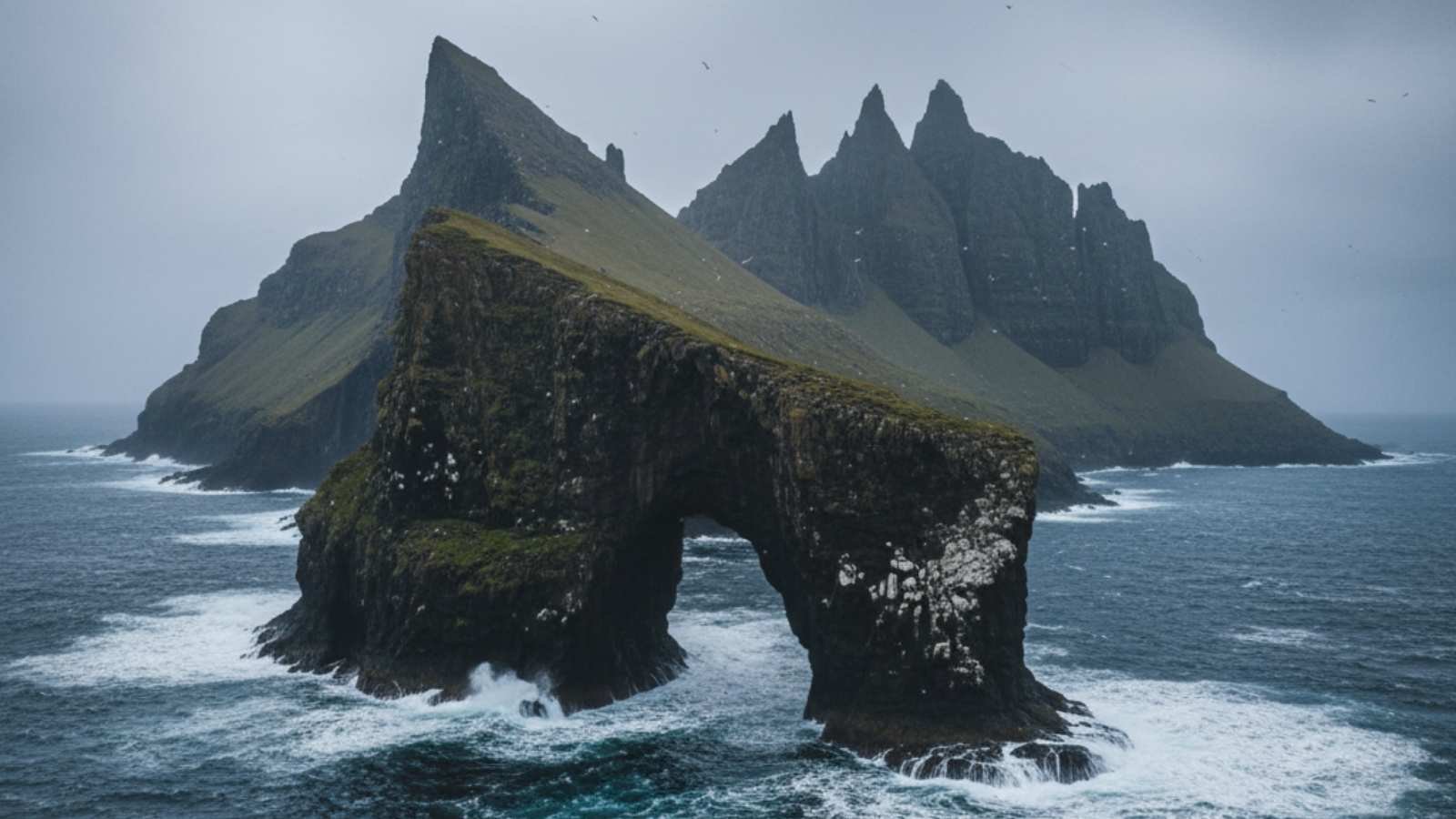
Of all the Faroe Islands’ treasures, Drangarnir and Tindhólmur might be the most photographed — and for good reason. Rising sharply from the North Atlantic between Vágar and Mykines, these rugged sea stacks are the icons of Faroe’s wildness, with jagged peaks cutting into stormy skies.
Hiking here feels cinematic. Trails wind across windswept cliffs where sheep graze on grass so green it almost glows, and sea mist rolls in from below. The arch of Drangarnir — that natural stone bridge jutting over the waves — is one of those sights that stops you cold. It’s dramatic, moody, and unapologetically raw.
What makes this area special isn’t just the view — it’s the effort to reach it. The hike to Drangarnir is moderately challenging, weaving through private lands and cliffs, but the reward is pure Faroe magic: silence, salt air, and views that feel otherworldly.
Quick Facts:
- Best Months to Visit: May–September (stable weather and long daylight hours)
- Getting There: Fly into Vágar Airport; guided hikes to Drangarnir depart from Sørvágur
- Top Experiences: Guided cliff hikes, drone photography, puffin watching on nearby Mykines
- Travel Tip: Guided access only — don’t attempt the hike without a local guide.
6. Varanger, Finnmark, Northern Norway
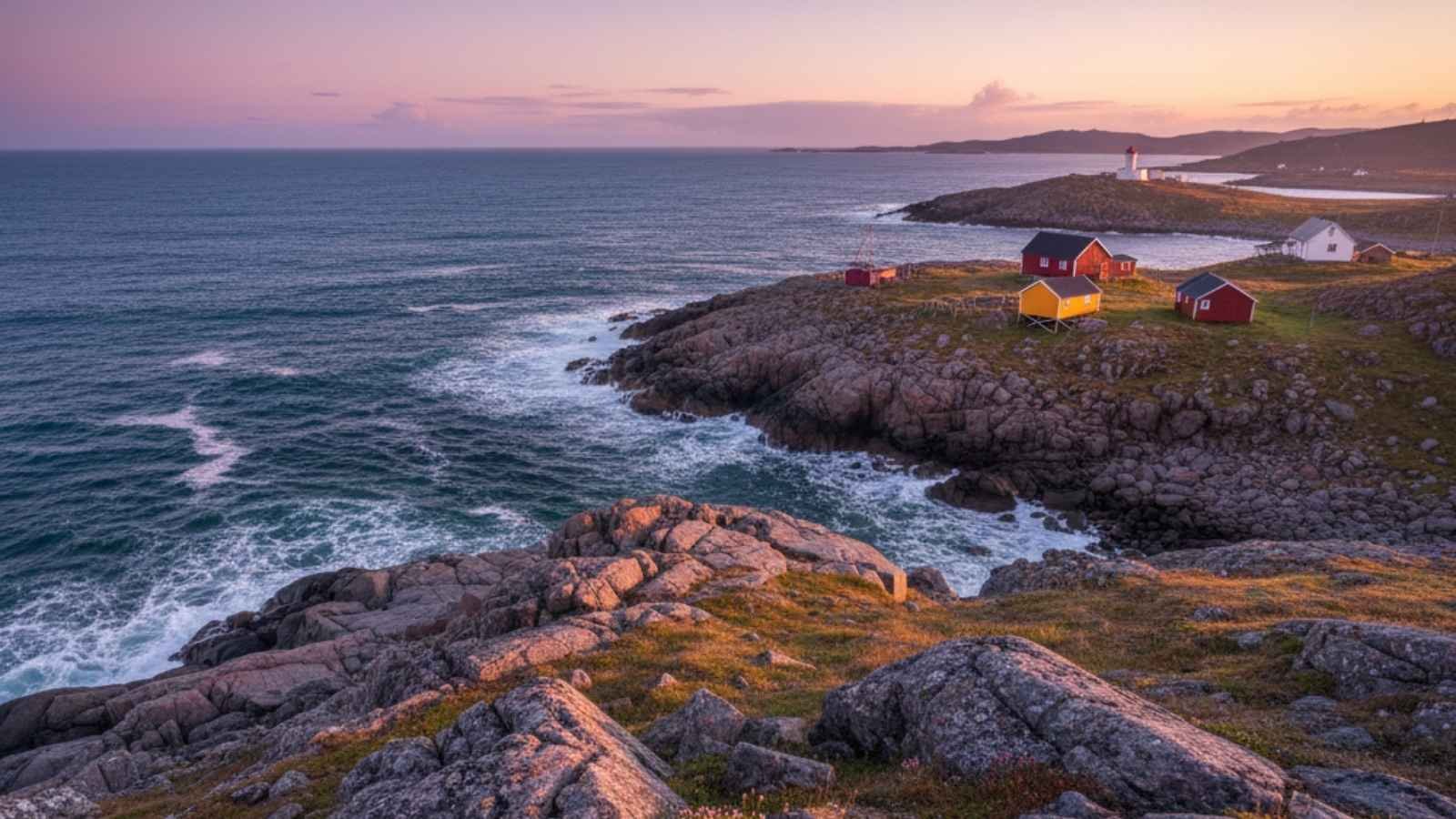
Far in Norway’s northeast corner, Varanger feels like another planet — a place where tundra meets the Arctic Ocean and the sky never sits still. This is Norway stripped down to its wildest essence: endless horizons, flocks of seabirds swirling over cliffs, and winds that sweep across open landscapes with a strange kind of beauty.
Unlike the postcard-perfect fjords further south, Varanger’s appeal is in its rugged honesty. Small Sámi villages, rust-colored fishing huts, and old lighthouses dot the coastline, and everywhere you go, there’s a sense of endurance — both human and natural. The birdlife here is world-famous, with thousands of puffins, guillemots, and sea eagles turning the sky into a living cloud.
What makes Varanger unforgettable isn’t just its scenery, but its mood. There’s a loneliness to the landscape, but it’s the good kind — the kind that gives your thoughts space to breathe. Whether you’re driving the Arctic coastal route or warming up in a wood-fired sauna overlooking the Barents Sea, Varanger reminds you that isolation can be its own kind of luxury.
Quick Facts:
- Best Months to Visit: April–September (mild temperatures and abundant birdlife)
- Getting There: Fly to Kirkenes Airport, then drive the scenic E6 highway east
- Top Experiences: Birdwatching safaris, Arctic saunas, visiting Vardø Fortress, chasing the Northern Lights
- Travel Tip: Stay in Hamningberg, a preserved fishing village at the end of the road — a surreal, end-of-earth experience.
7. Rondane National Park, Norway
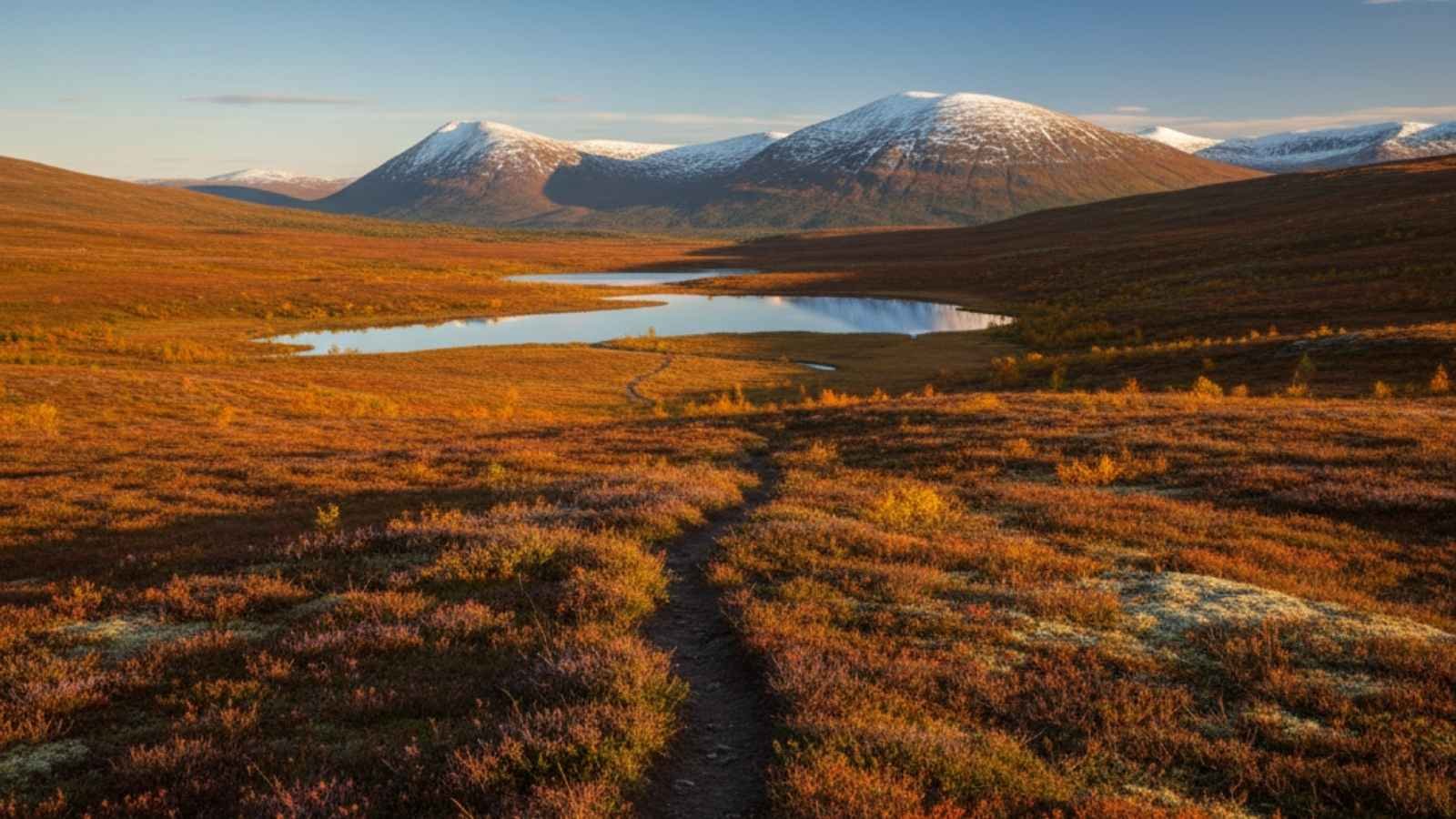
For travelers seeking the classic Norwegian wilderness without the heavy foot traffic, Rondane National Park is a dream. Established in 1962, it’s Norway’s first national park, a place of crisp mountain air, stony peaks, and reindeer quietly moving across valleys that glow gold in autumn.
Rondane’s trails are perfectly balanced — not too punishing, not too tame — winding past icy rivers and ancient glacial formations. Each turn brings a subtle shift in scenery, from heather fields to high ridges overlooking the Dovrefjell range. It’s the kind of place where hiking feels meditative rather than strenuous, and where time moves in a slower rhythm.
What really hooks people, though, is the light. On clear days, it falls across the ridgelines in soft stripes, turning the mountains a gentle blue-gray. Evenings here are quiet and star-heavy, especially if you’re camping beside one of Rondane’s remote alpine lakes. It’s a wilderness that feels timeless — simple, silent, and spectacular in its restraint.
Quick Facts:
- Best Months to Visit: June–September (snow-free trails and stable weather)
- Getting There: Drive from Oslo or Lillehammer; the park is easily reachable by car or train
- Top Experiences: Hiking to Rondslottet peak, staying in DNT mountain huts, autumn foliage trekking
- Travel Tip: Carry layers — temperatures can swing sharply even in summer at higher altitudes.
8. Storo (Storø), Scoresby Sound, Greenland
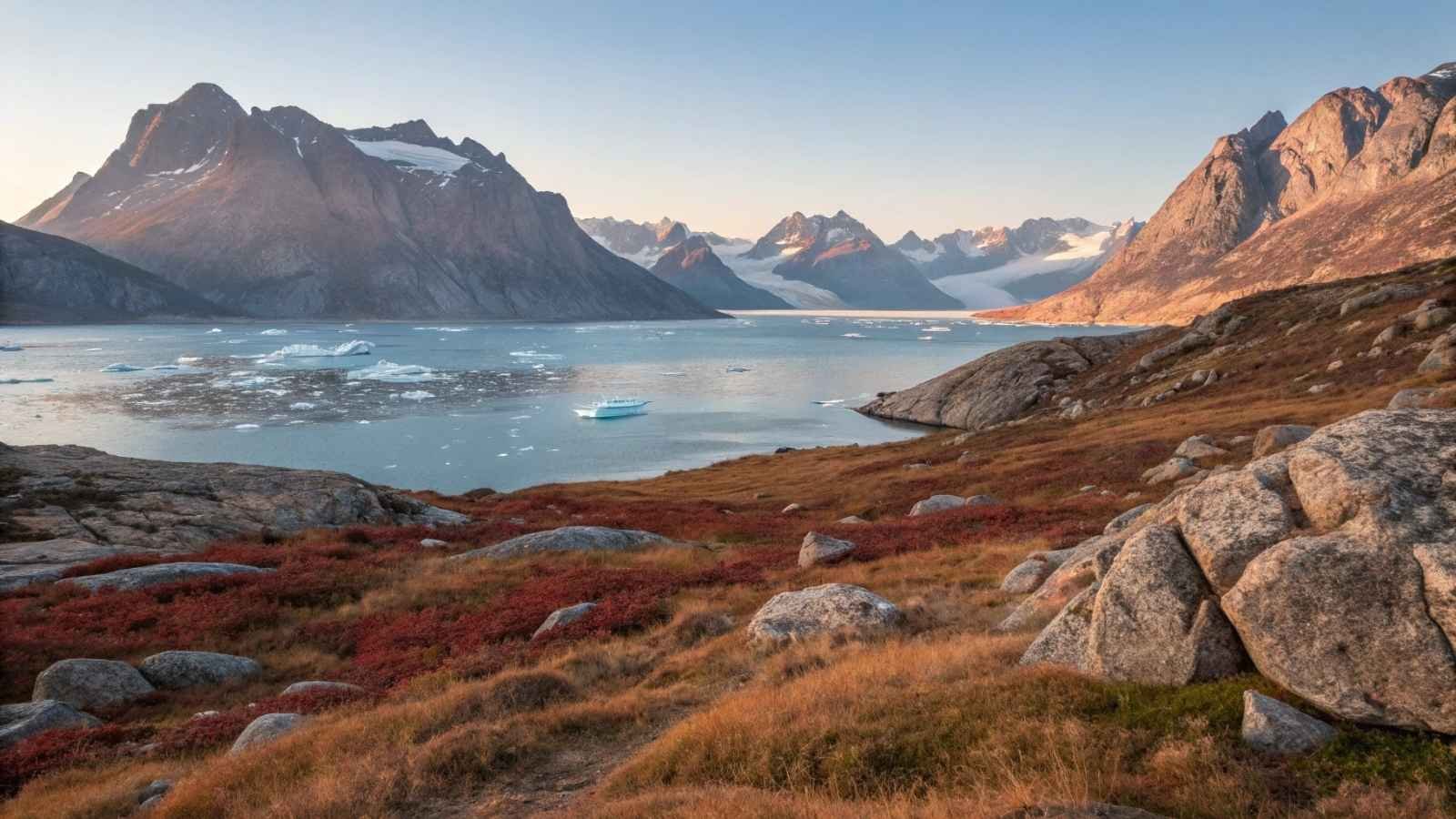
Deep inside Scoresby Sound, Storo (Storø) stands as an island fortress of rock and ice — massive, remote, and almost mythic in scale. Few travelers ever set foot here, but those who do are rewarded with one of the most breathtaking Arctic panoramas anywhere on Earth.
The island rises sharply from the fjord, its cliffs streaked with ancient glacial scars, and the views from the higher plateaus stretch for miles across ice-choked waters. Polar bears roam the shores, Arctic foxes dart between boulders, and the silence feels cathedral-like. This is wilderness stripped of pretense — nothing but stone, wind, and the hum of the Arctic air.
Exploring Storo feels like an expedition, not a holiday. There are no trails, no facilities, and no guarantees. But that’s the appeal. Standing on the island’s ridges, with the icebergs drifting below, you get a rare sense of scale — the Earth at its rawest. It’s not comfort you find here, but clarity.
Quick Facts:
- Best Months to Visit: August–early September (ice-free fjord conditions)
- Getting There: Expedition cruise from Ittoqqortoormiit or Ísafjörður (Iceland)
- Top Experiences: Zodiac landings, Arctic wildlife spotting, guided glacier hikes
- Travel Tip: Bring polar-grade boots and gloves — even summer temperatures can dip below freezing.
9. Charcot Land, East Greenland
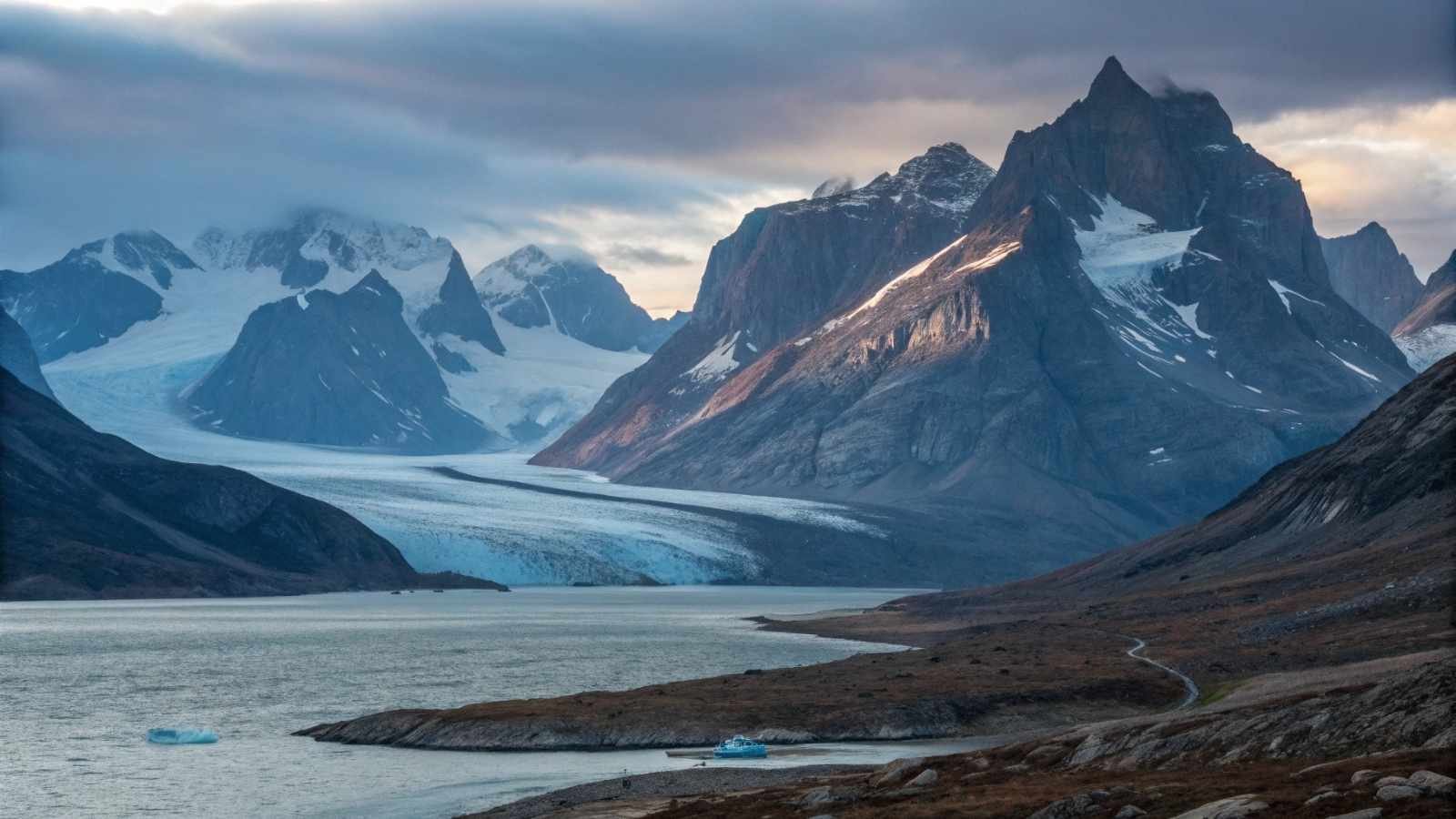
Tucked between massive fjords and ice-capped plateaus, Charcot Land is one of Greenland’s least explored regions — a vast and dramatic terrain that feels untouched since the Ice Age. Named after the French polar explorer Jean-Baptiste Charcot, this landscape is all raw geometry: black cliffs, white glaciers, and blue icebergs colliding in impossible scale.
It’s a place of paradoxes — both brutal and serene, desolate yet alive. The wildlife here is wild and wary: musk oxen graze the sparse tundra, while Arctic hares dart through stony gullies. For scientists and explorers, Charcot Land has long been a fascination, with its fossil-rich rocks and shifting glacial patterns offering a living record of the planet’s frozen history.
Travelers who make it here — usually as part of a small expedition team — often describe it as the ultimate wilderness detox. There’s no signal, no schedule, and no noise but wind. Standing there, surrounded by silence that’s millions of years old, you begin to understand the scale of solitude that places like this preserve.
Quick Facts:
- Best Months to Visit: July–September (accessible by expedition ship)
- Getting There: Via Scoresby Sound, typically from Iceland or Greenland cruise routes
- Top Experiences: Ice trekking, fossil site visits, aerial photography
- Travel Tip: Travel with a reputable expedition operator — the terrain is entirely unmarked, and weather can shift rapidly.






